-
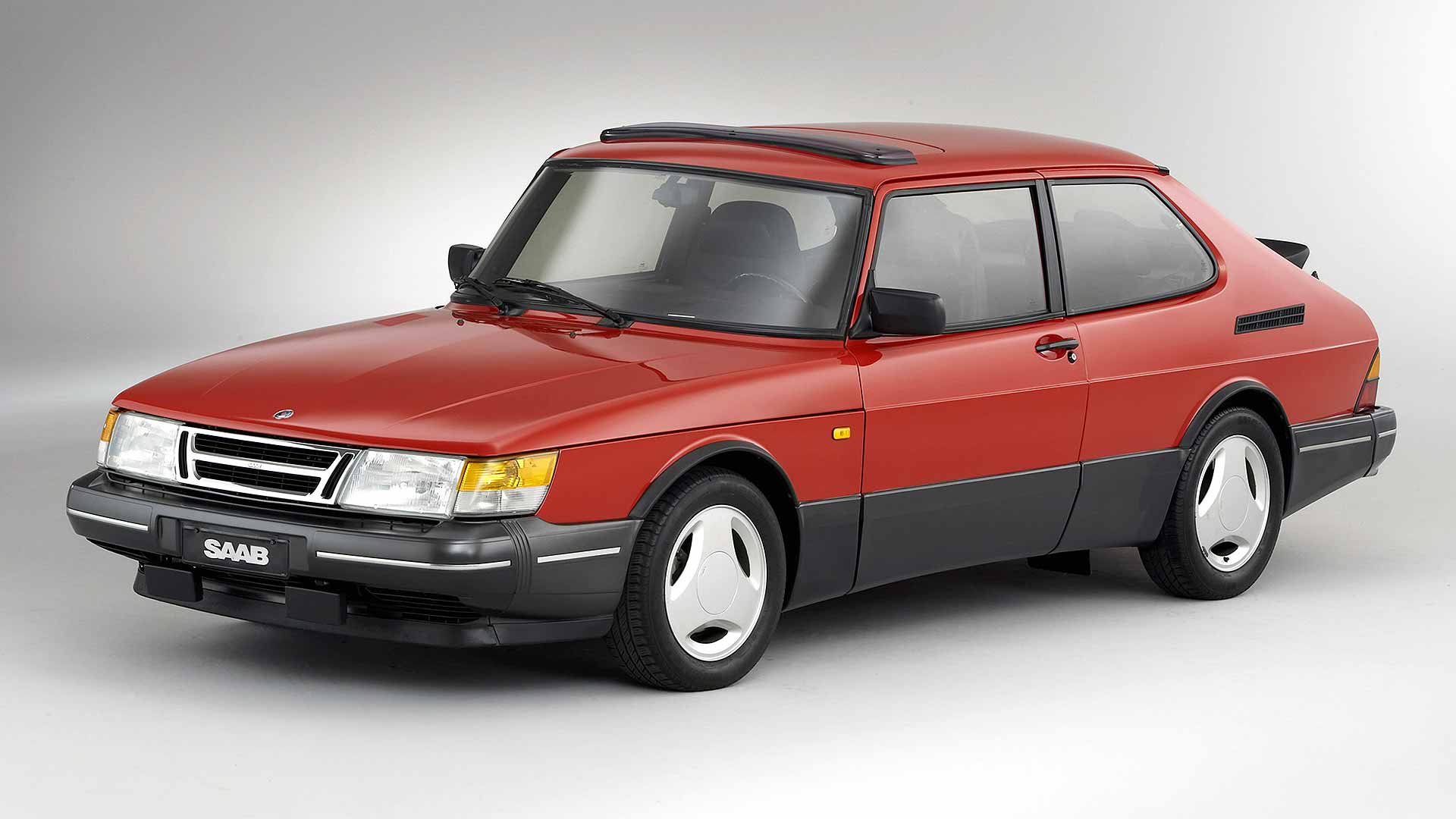
Sweden’s best cars
© VolvoVolvo and Saab are probably the first names that spring to mind when you think of the Swedish car industry. Two companies sharing a common goal of putting safety first. Saab was declared bankrupt in December 2011, while Volvo is now under Chinese ownership. This doesn’t prevent the firms from dominating our list of the best Swedish cars.
Here are our 20 favourites from Sweden.
-
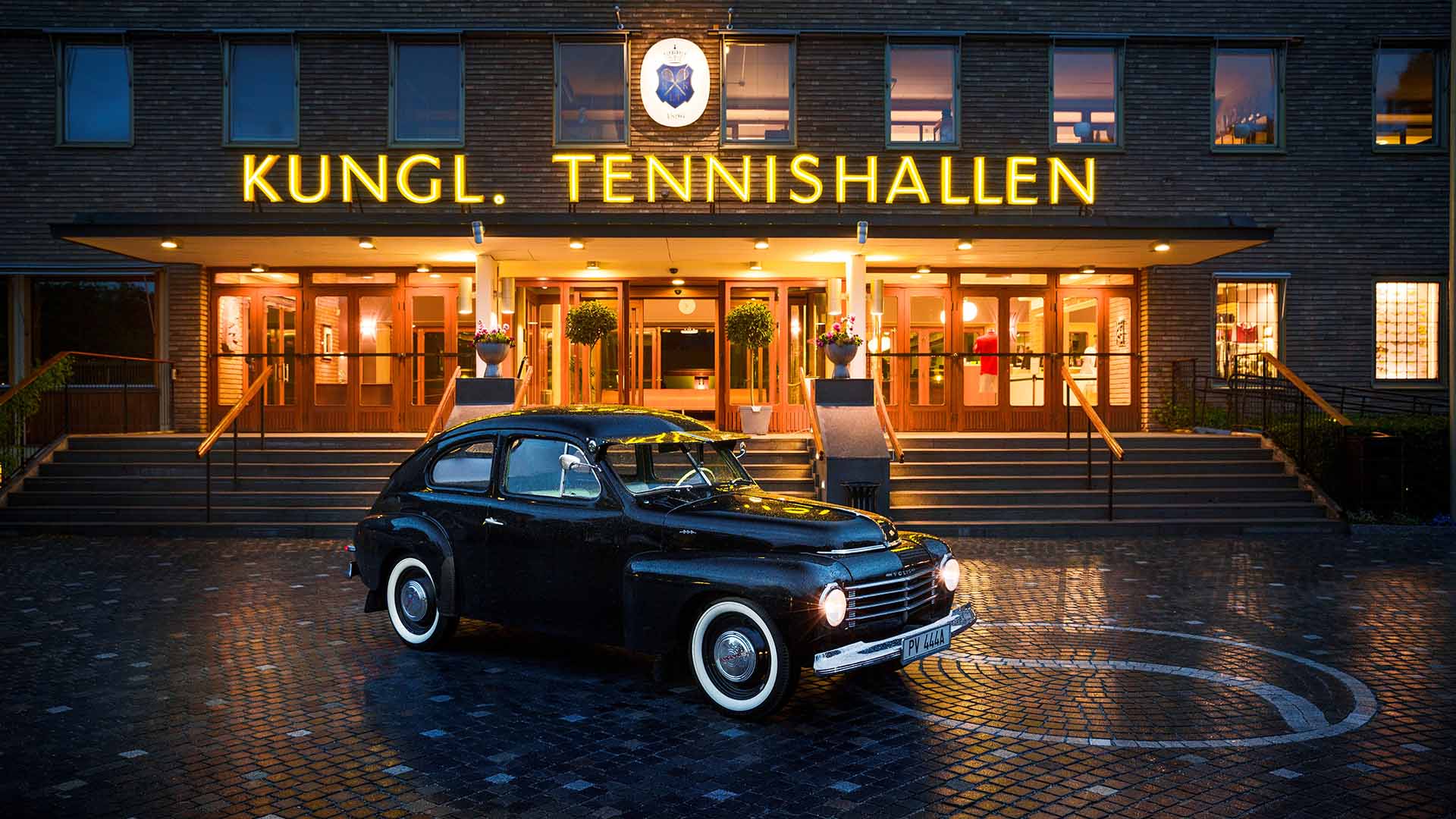
Volvo PV444 and PV544
© VolvoArriving 20 years after the first Volvo rolled off the assembly line in Gothenburg, the PV444 was the company’s first car to be exported in significant numbers. Its American-influenced styling hid the fact that this was the first Volvo to have a unitary body without a separate frame.
The redesigned PV544 of 1958 featured a larger and more comfortable cabin, with seating capacity increased from four to five – hence the ‘5’ in the name. Combined sales of the PV444 and PV544 totalled 439,995, helping put Volvo firmly on the map.
-
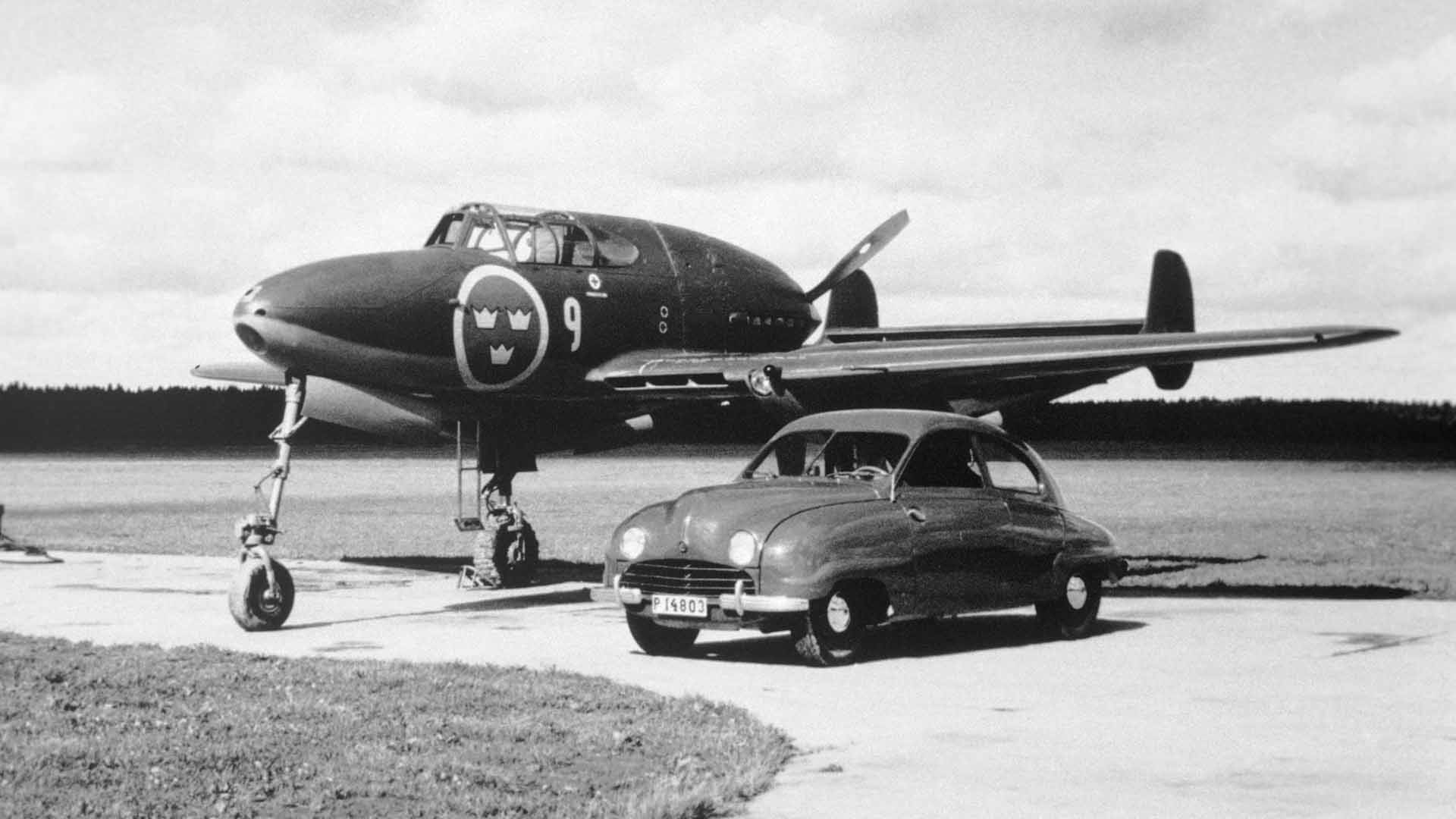
Saab 92
© SaabAircraft manufacturer Saab began to consider diversifying into other markets in the early 1940s. Building aeroplanes was an expensive and risky business, so prefab production, domestic appliances and cars were seen as potential parallel sources of income. The decision to build the Saab 92 came in 1945, with the first prototype completed in 1946.
Production started in 1949, with early cars painted bottle green as Saab had a surplus of cellulose paint used for camouflage purposes. The influence of aircraft design is evident in the sleek, aerodynamic styling, while the adoption of front-wheel drive and a transverse engine hinted at a future of innovation.
-
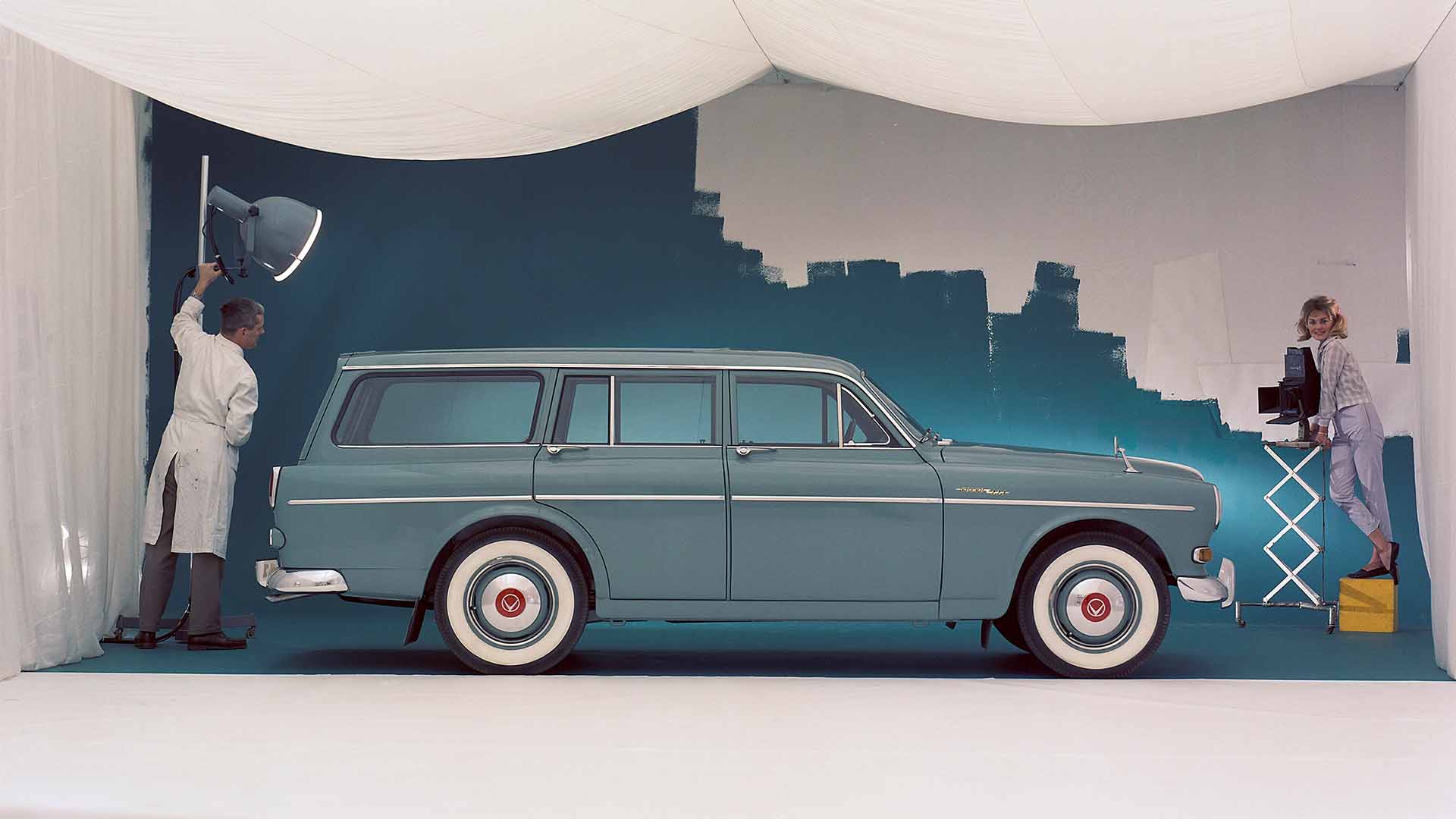
Volvo Amazon
© VolvoThe Volvo Amazon enjoyed an incredibly long production run, launching in 1956 as a prototype and remaining on sale until July 1970. It’s notable for being the first car in the world to be fitted with seatbelts as standard, first as lap belts, and later as the three-point belts we know today.
Launched as a four-door (P120), the two-door version (P130) followed in 1961, along with the estate (P220) in 1962. The most desirable model is undoubtedly the 123GT, with power sourced from the 1,778cc engine also found in the Volvo 1800S. In total, 667,332 Amazons were built, with the car helping to establish Volvo in the UK.
-
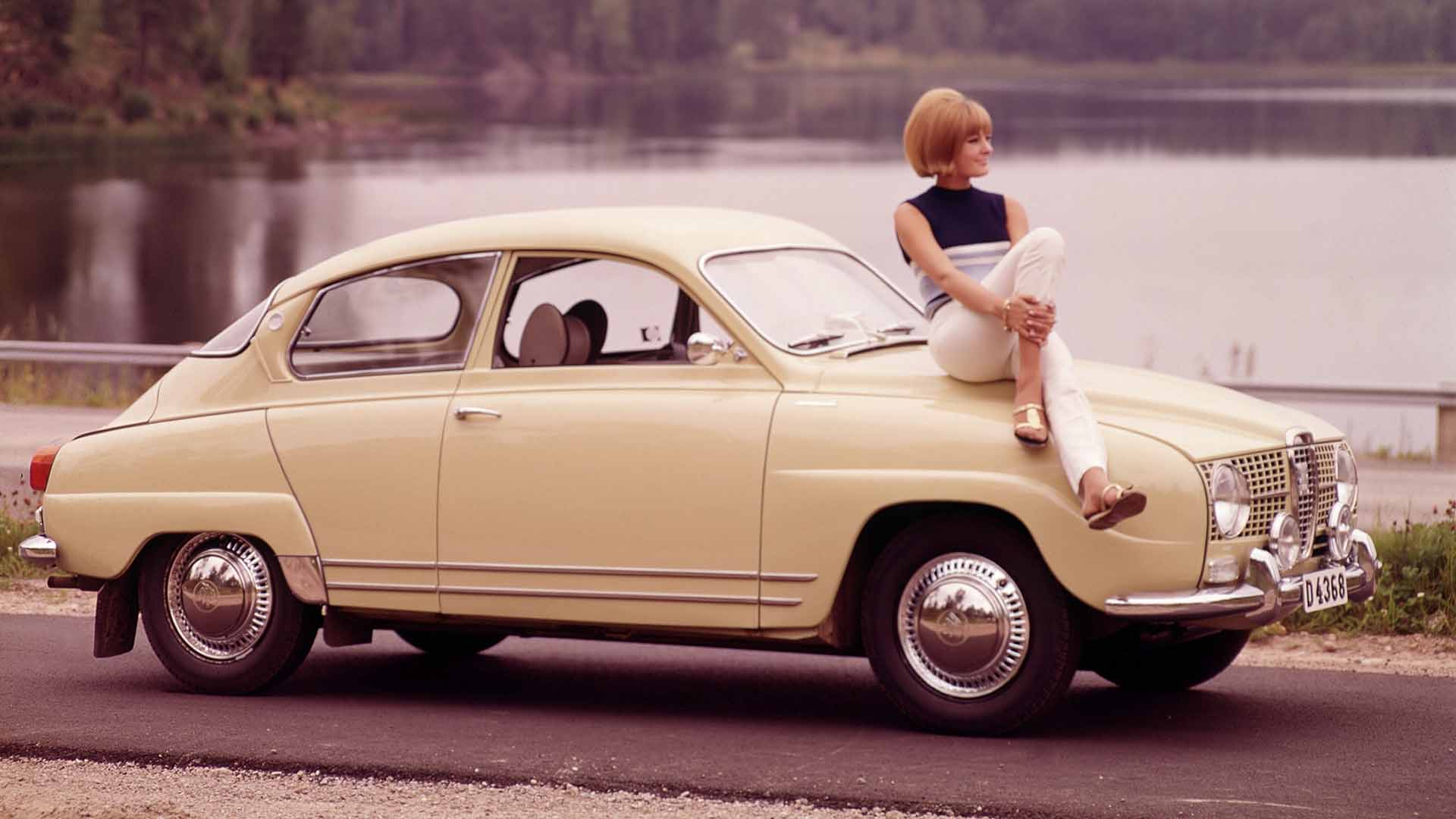
Saab 96
© SaabThe Saab 96 is notable for a number of reasons, including the fact that it was the first Saab to go on sale in Britain. The first right-hand-drive versions were shown at the British Motor Show in 1960, with its reputation enhanced by Erik Carlsson’s success in the 1960 RAC Rally in November that same year.
Launched with a two-stroke engine, the 96 was closely related to the 92 and 93, albeit with significant exterior and interior changes. The 96 V4 arrived in 1967, with production continuing until 1980. The 95 was a practical estate version, with a rear-facing folding seat available until 1976.
-
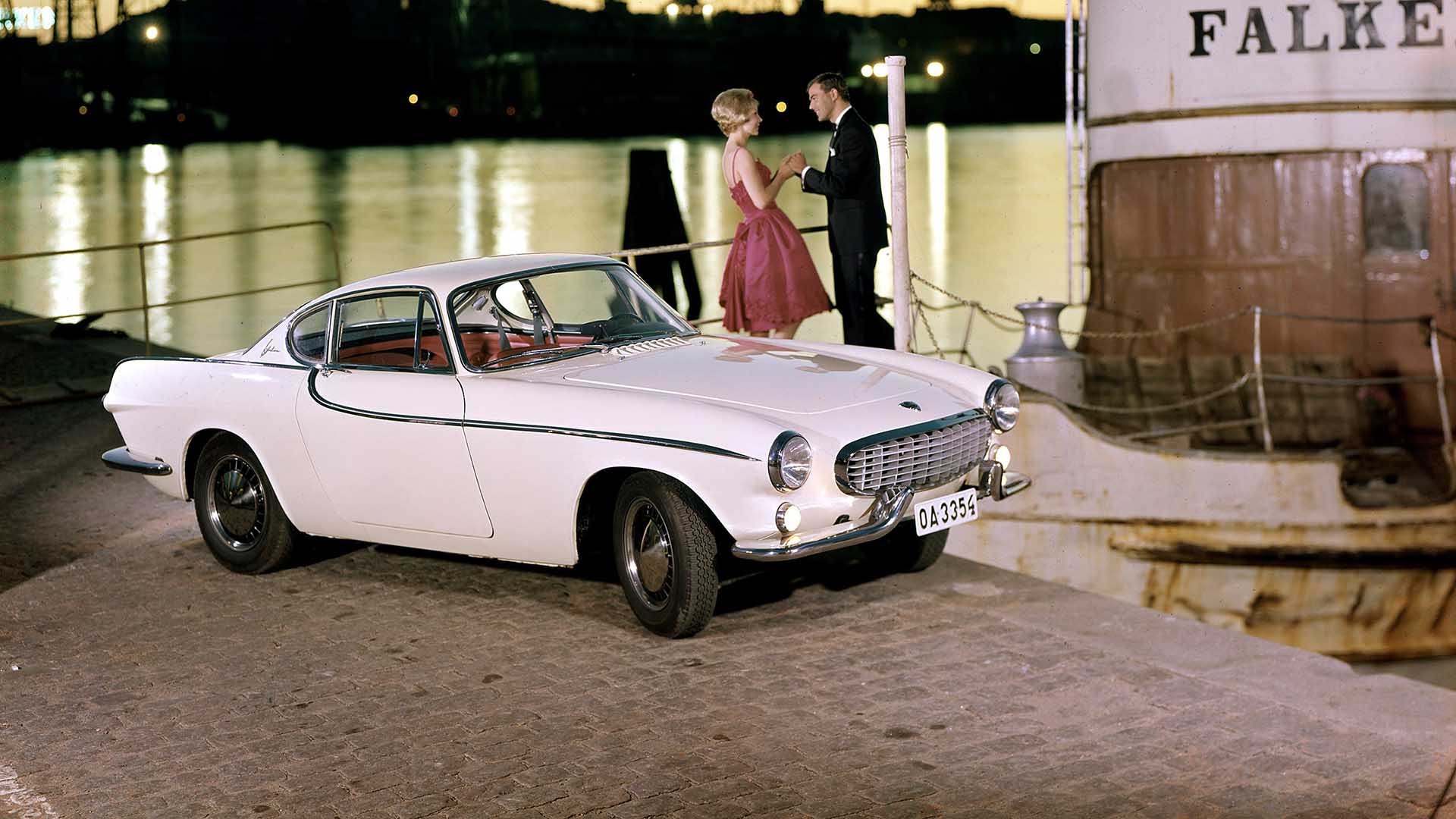
Volvo P1800 – S and ES
© VolvoTalk about bad timing. Volvo unveiled the achingly pretty P1800 at the same Geneva show as the E-Type, so the Jaguar stole some of its thunder. Volvo had the last laugh, though, with the P1800 appearing in The Saint after Jaguar had declined the opportunity for the E-Type to have a starring role.
Early production took place at Jensen’s factory in the West Midlands, before assembly was transferred to Sweden. The 1800ES arrived in 1971, with its more practical ‘shooting brake’ body designed for people who do lifestyle things at the weekend. Sales of the 1800ES accounted for around 13 percent of all 1800 production.
-
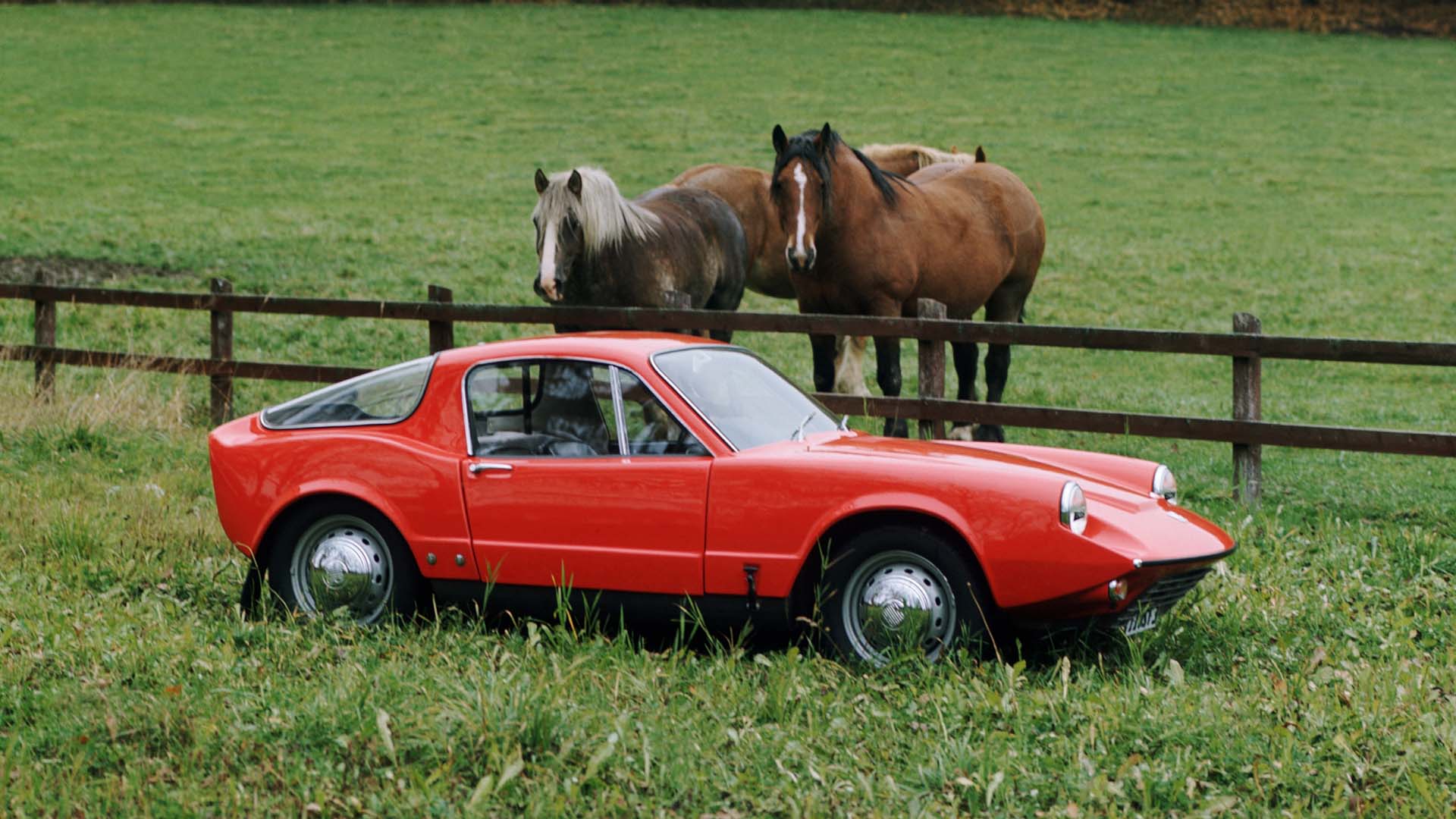
Saab Sonett II
© SaabThe first Saab Sonett, also known as the Super Sport or 94, was a low-volume two-seat roadster designed in a barn. It was most likely a test to see if there was sufficient demand for a Saab sports car in the US, and just six were built. The Sonnet II of 1966 was arguably the best of the three Sonnet models, although the roadster body had been ditched in favour of a coupe.
There were two versions: one with an 840cc Saab two-stroke engine and the other with power sourced from a Ford 1,500cc V4 unit. A redesign in 1970 created the Sonett III, with the majority of cars sold in the US.
-
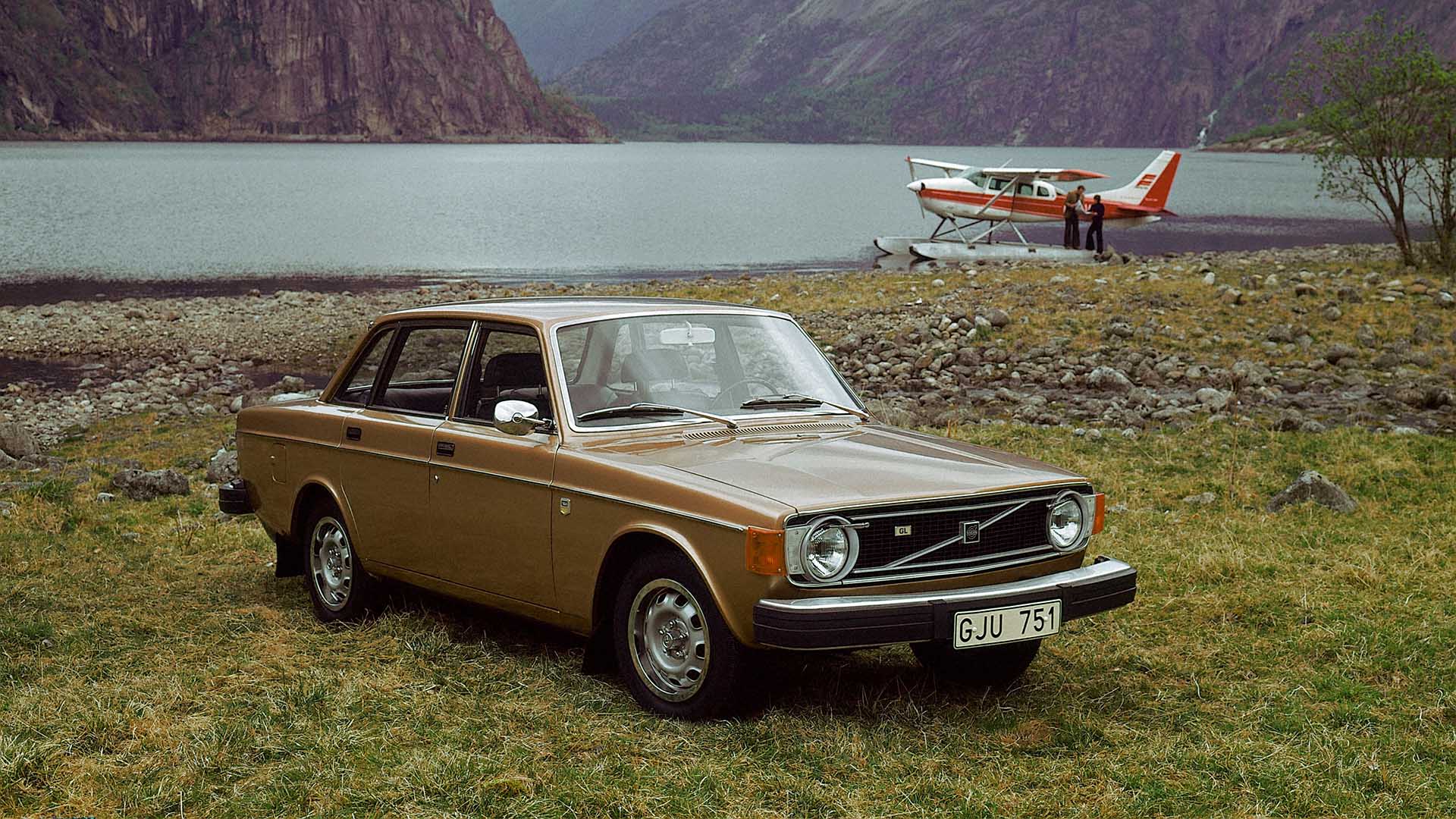
Volvo 140-series
© VolvoAfter the flair of cars like the PV444, Amazon and P1800, the 140-series signalled the beginning of a more straight-edged era for Volvo. Launched as the four-door 144 in 1966, the range soon expanded to include the two-door 142 in summer 1967 and the 145 estate in November 1967.
Styling was of secondary importance to the safety of the occupants, with the 140-series showcasing a staid and boxy look that would become the staple of Volvo design for the coming decades. Although the estate is the most fondly remembered, it represented less than a quarter (22.2 percent) of 140 sales.
-
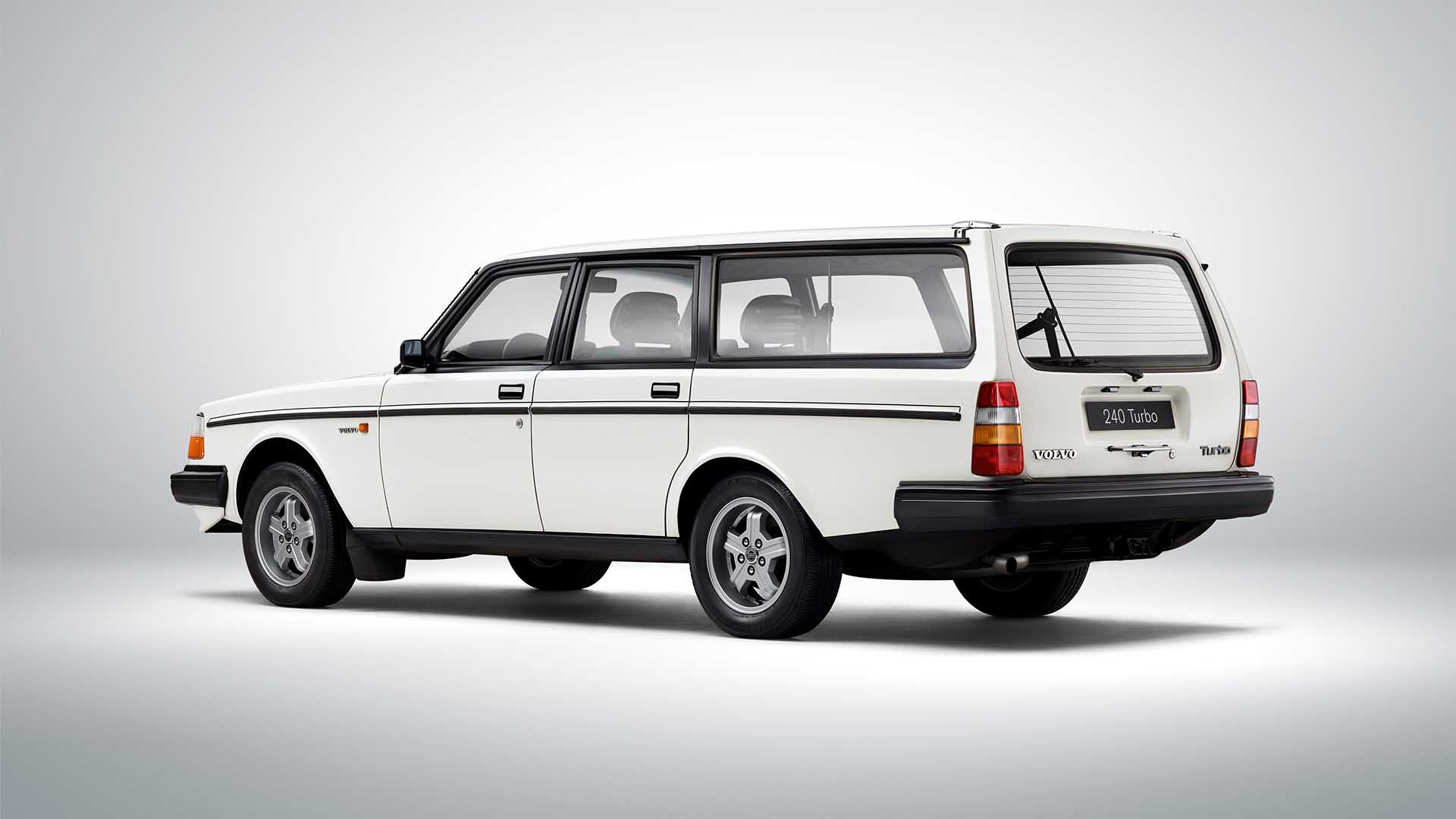
Volvo 240
© VolvoIs there a more iconic estate car than the Volvo 240? Initially sold as the Volvo 245, this was an evolution of the 140-series, with production starting in 1974 and continuing until 1993. It’s the car most people think of when you mention the Volvo estate.
These practical workhorses were the backbone of middle class Britain throughout the 1970s and 1980s. It was as though a pair of green wellies and a golden retriever were available to order from the Volvo brochure. At its launch in 1981, the turbocharged 245 was the world’s fastest estate car. A 265 arrived in 1975 – the first six-cylinder Volvo estate.
-
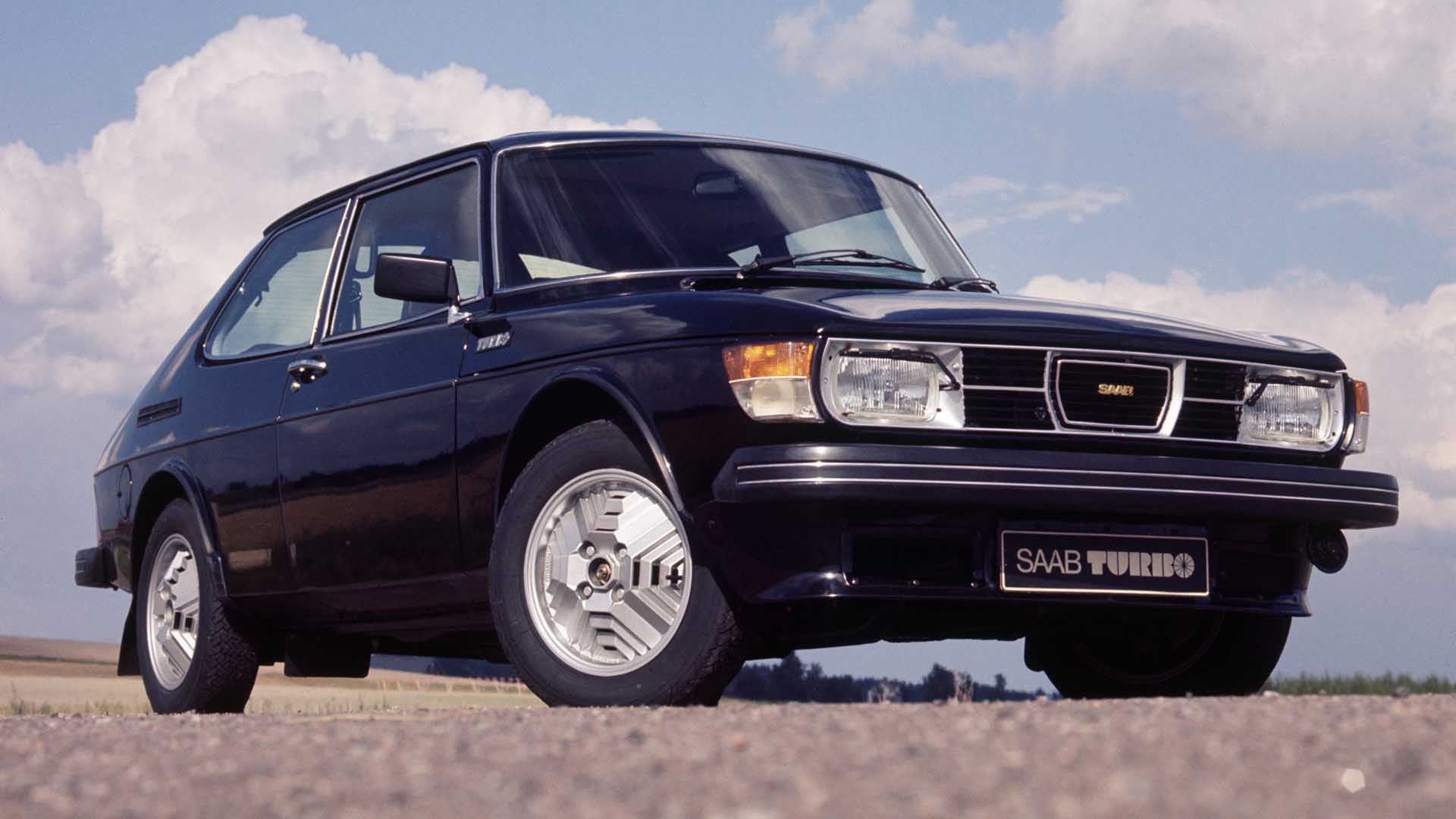
Saab 99 Turbo
© SaabThe 99 had been on sale for 13 years when Saab decided to add a turbocharger to the mix. It gave the safe and dependable family car a new lease of life, with turbocharging doing for Saab what four-wheel-drive did for Audi. It wasn’t the first of its kind, but the 99 Turbo was the first to take turbocharging to the masses.
By adding a Garrett T3 turbocharger to a 2.0-litre four-cylinder engine, Saab turned the 99 into a performance of some merit. Some 10,607 were sold between 1978 and 1981, a figure made all the more remarkable by the lofty price and ageing donor car.
-
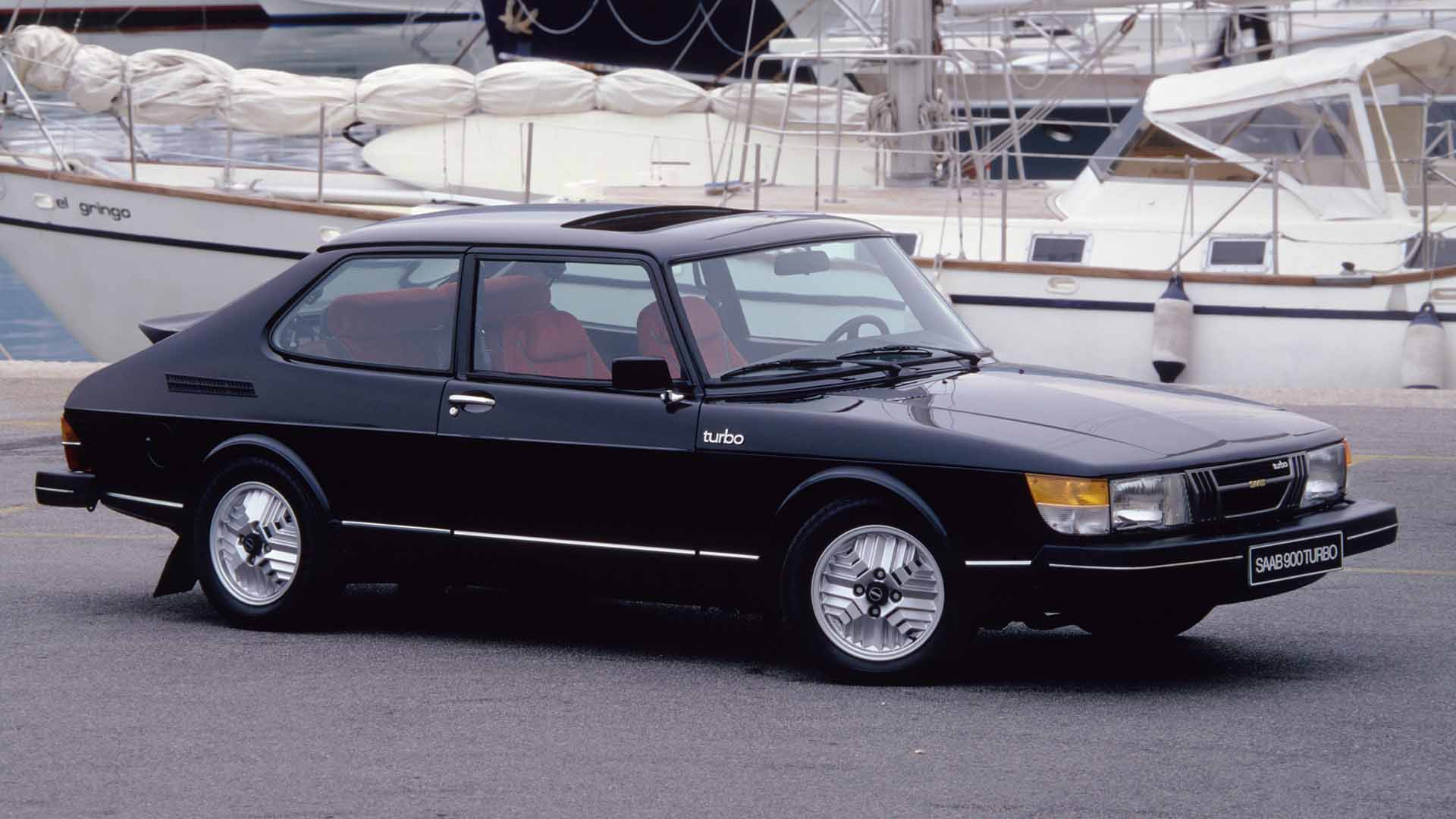
Saab 900 Turbo
© SaabIf the 240/245 is the most recognisable Volvo, the 900 Turbo must be the most iconic Saab. It arrived at a time when turbocharged production cars weren’t really a thing. This, and the 900’s individual styling, created one of the most legendary cars of the 1980s.
The 900 Turbo became a cult classic in its own lifetime, with the end of production in 1993 marked by the launch of a Ruby special edition. By that time, the 900 range had been bolstered by the launch of the Cabriolet in 1985 and a new nose in 1987.
-
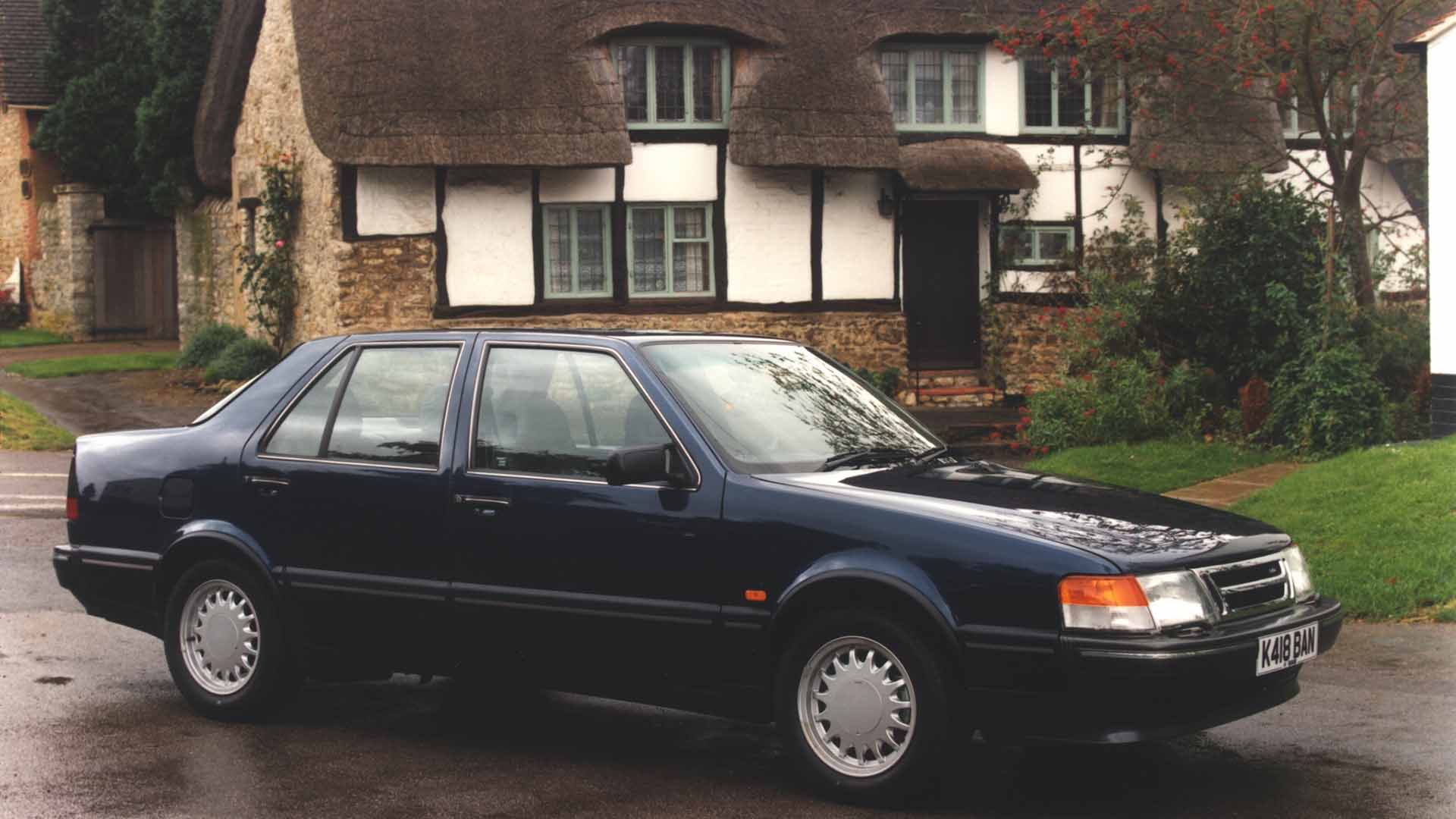
Saab 9000
© SaabTo some people, the 9000 was the last ‘proper’ Saab. As one of the ‘Type 4’ cars, it was developed alongside the Lancia Thema, Fiat Croma and Alfa Romeo 164, but Saab didn’t really see eye-to-eye with its Italian counterparts. As a result, the 9000 was almost completely different to the other cars.
Sales were propped up by Saab’s loyal and enthusiastic fans, although it was the firm’s inability to win new customers that would be a contributing factor in its eventual downfall. Non-turbocharged versions were safe and comfortable, while the turbocharged models, particularly the Aero, were fast and fun.
-
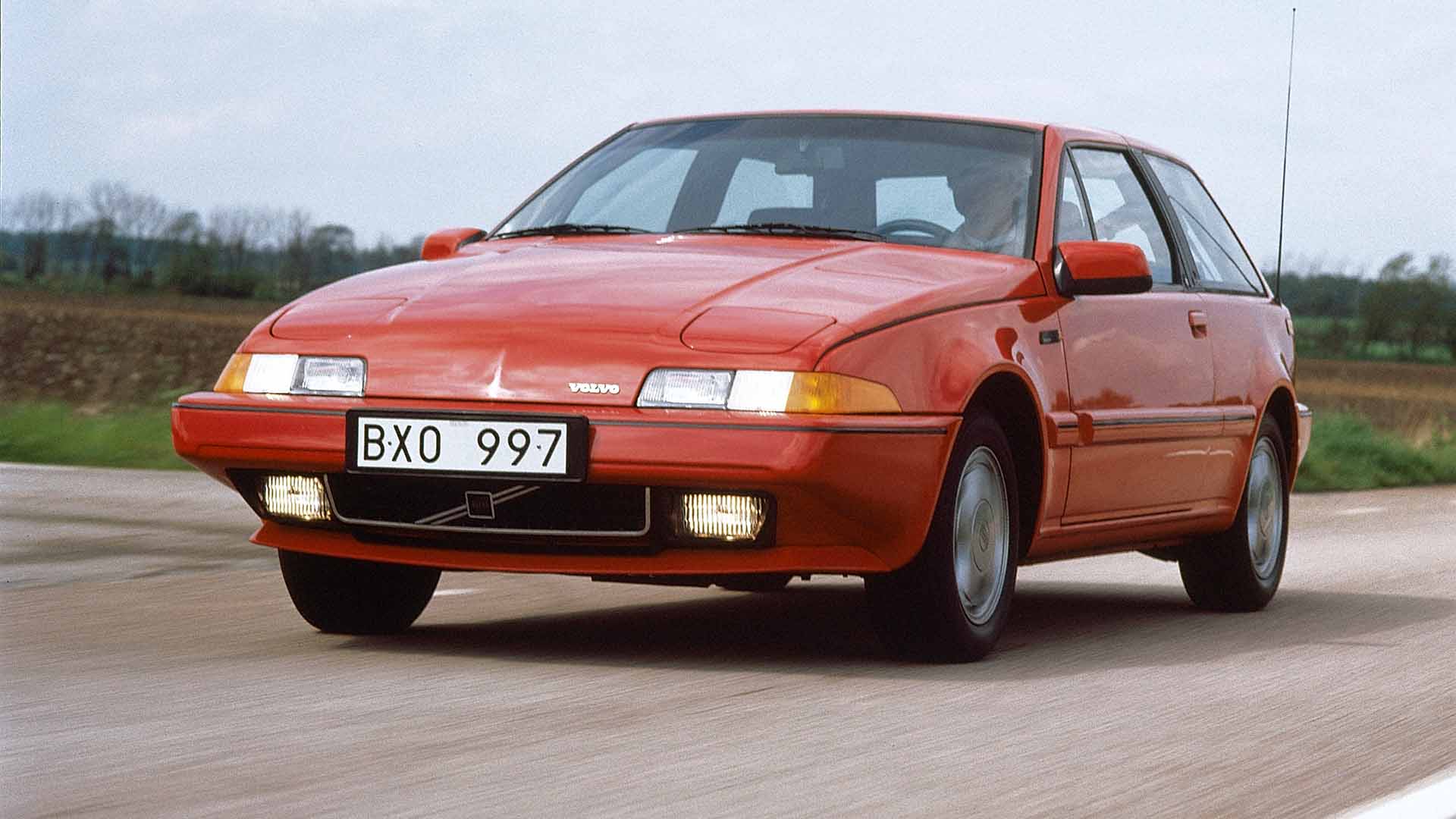
Volvo 480
© VolvoThe 480 borrowed from the past to lay the foundations for Volvos of the future. Its ‘shooting brake’ design tipped its hat to the 1800ES, while the pop-up headlights delivered some unlikely cool points. More significantly, it was Volvo’s first front-wheel-drive car.
Its development was an international affair, with production taking place in the Netherlands, the exterior styling penned by a Dutchman, the interior handled by a Brit, and the mechanicals supplied by the French. The UK accounted for nearly 30 percent of global sales – proof that Brits love a bit of Swedish naughtiness. Probably.
-
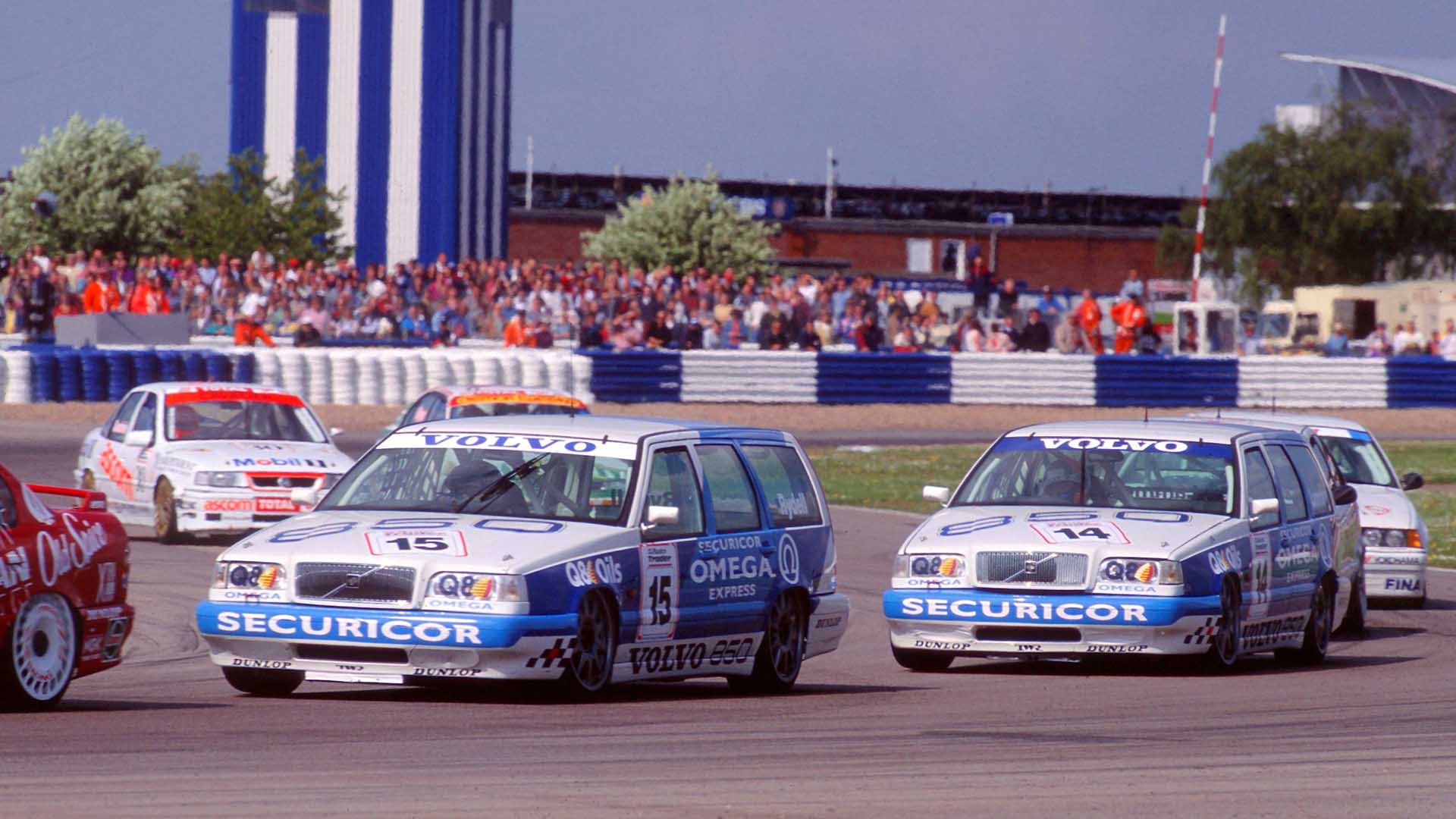
Volvo 850 T5
© VolvoThe 480 was Volvo’s first front-wheel-drive car, but the 850 of 1991 was the first large Volvo to send its power to the front wheels. It offered the standard Volvo hallmarks of safety, practicality and comfort, but the 850 also spawned some savage performance versions.
The five-cylinder turbocharged 850 T5 was the first tyre-shredding model, followed by the rabid T-5R, a car developed in conjunction with Porsche. This paved the way for the 850R. Participation in the British Touring Car Championship did much to boost the car’s image, along with the 850’s role in traffic cop duties.
-
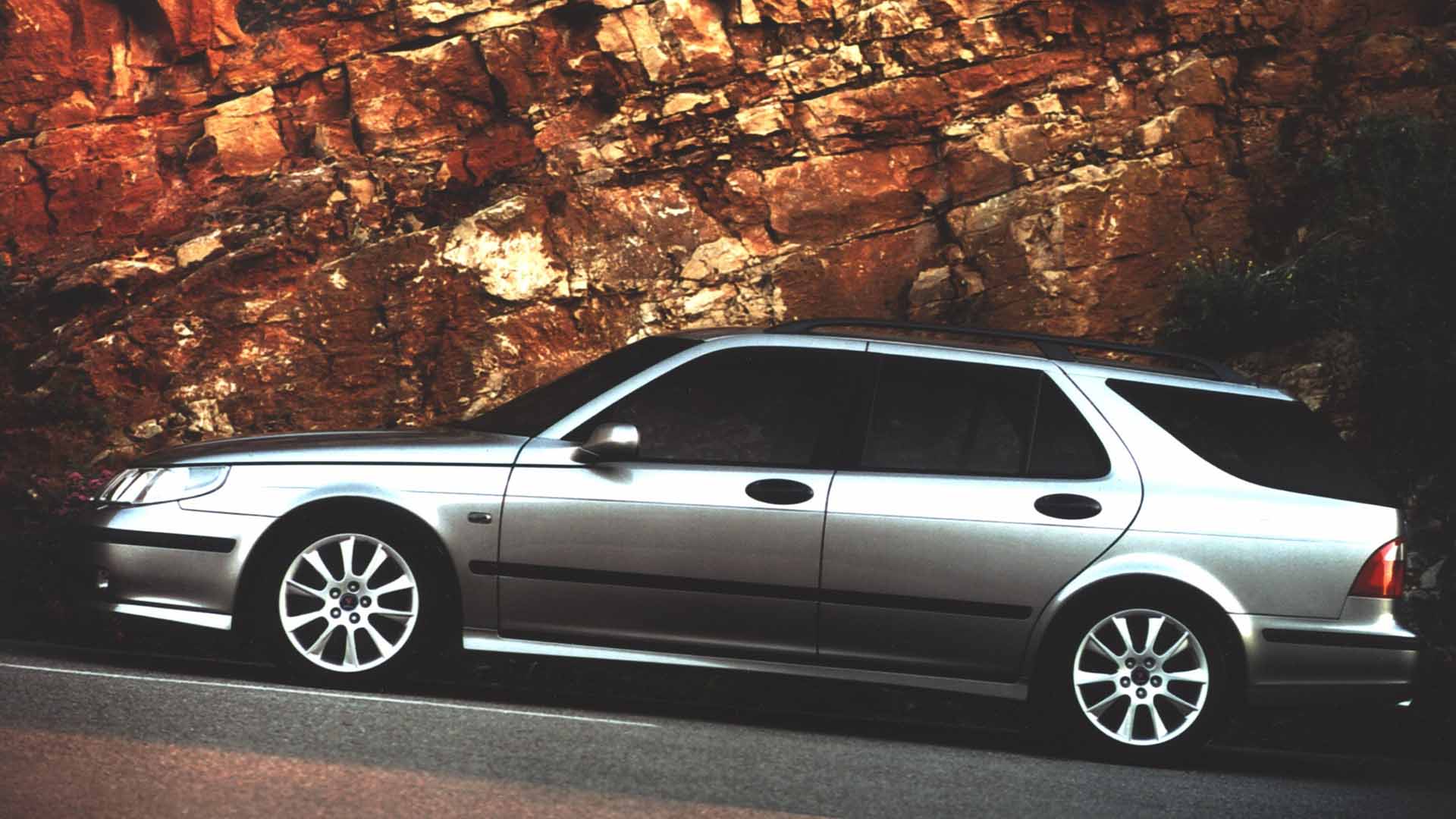
Saab 9-5 Aero
© SaabSaab didn’t build a perfect car. This is true of most manufacturers, because the perfect car doesn’t exist. The difference here is that in the case of a Saab, the blemishes were part of its charm. We could forgive Saab’s little indiscretions because it was Saab.
Buying a 9-5 over its German rivals was a brave and inspired choice. Launched in 1997, the 9-5 picked up where the old 9000 left off by offering more comfort and safety than the majority of its rivals. The Aero model added some sporting flavour, courtesy of lowered suspension and sports seats.
-
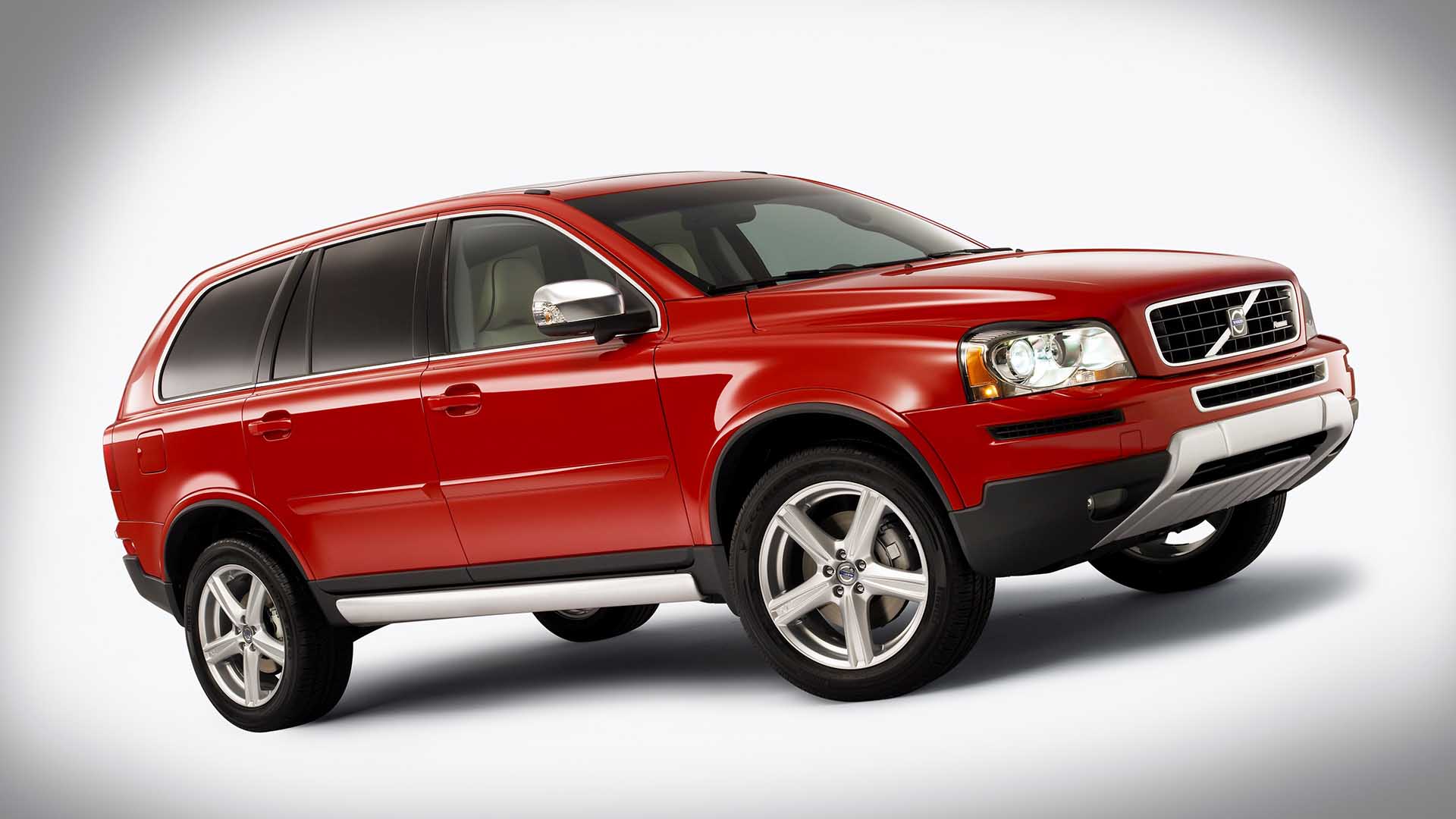
Volvo XC90
© VolvoThe XC90 was Volvo’s first SUV and its first proper seven-seater since the 1940s (estate cars with rear-facing back seats excluded). It’s no coincidence that it was unveiled at the 2002 Detroit motor show – the US was a key market for the XC90.
It launched with a range of five- and six-cylinder petrol and diesel units, with a Yamaha-designed and built V8 engine added to the range in 2004. Some 636,143 cars were built before production stopped in 2014. It was a tough act to follow.
-
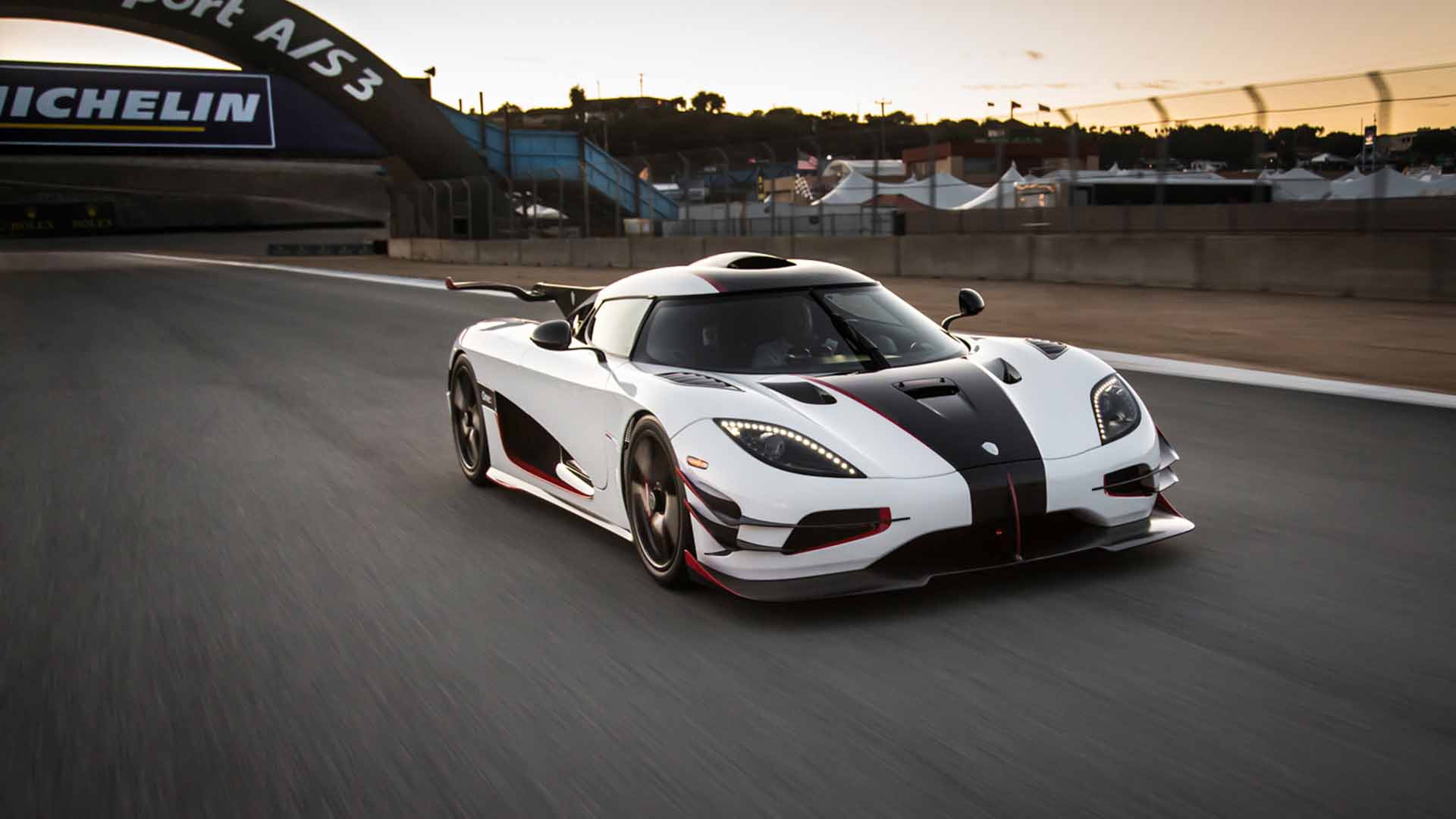
Koenigsegg One1
© KoenigseggWait, what? A great Swedish car without a Saab or Volvo badge? Billed as the world’s first megacar, the Koenigsegg One:1 was the first production car with one megawatt of power.
Just seven were built, including one prototype, with power sourced from a 5.0-litre twin-turbocharged V8 engine producing a mighty 738lb ft of torque. It could hit 400km/h (248mph) in just 20 seconds.
-
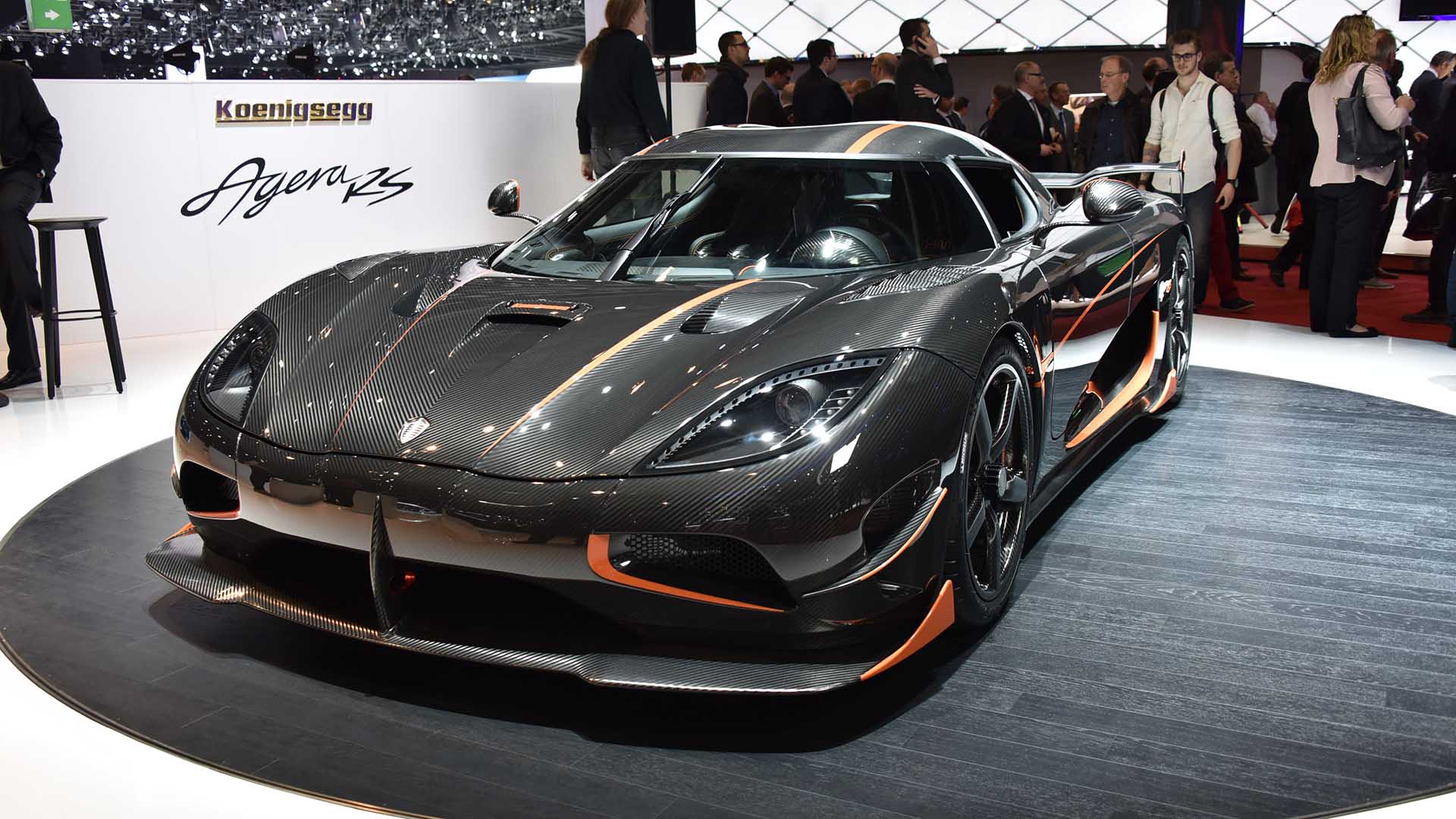
Koenigsegg Agera RS
© KoenigseggUntil it was beaten by the Bugatti Chiron and SSC Tuatara, the Koenigsegg Agera RS was the fastest production car in the world. With Swedish factory driver Niklas Lilja at the wheel, the Agera RS recorded an average speed of 277.9mph at Pahrump, Nevada.
Its 5.0-litre twin-turbocharged V8 engine produces 1,160hp at 7800rpm, with an 8,250rpm redline. Other records set in 2017 included the highest average speed for a flying mile on a public road (276.36mph) and the highest speed achieved on a public road (284.55mph).
-
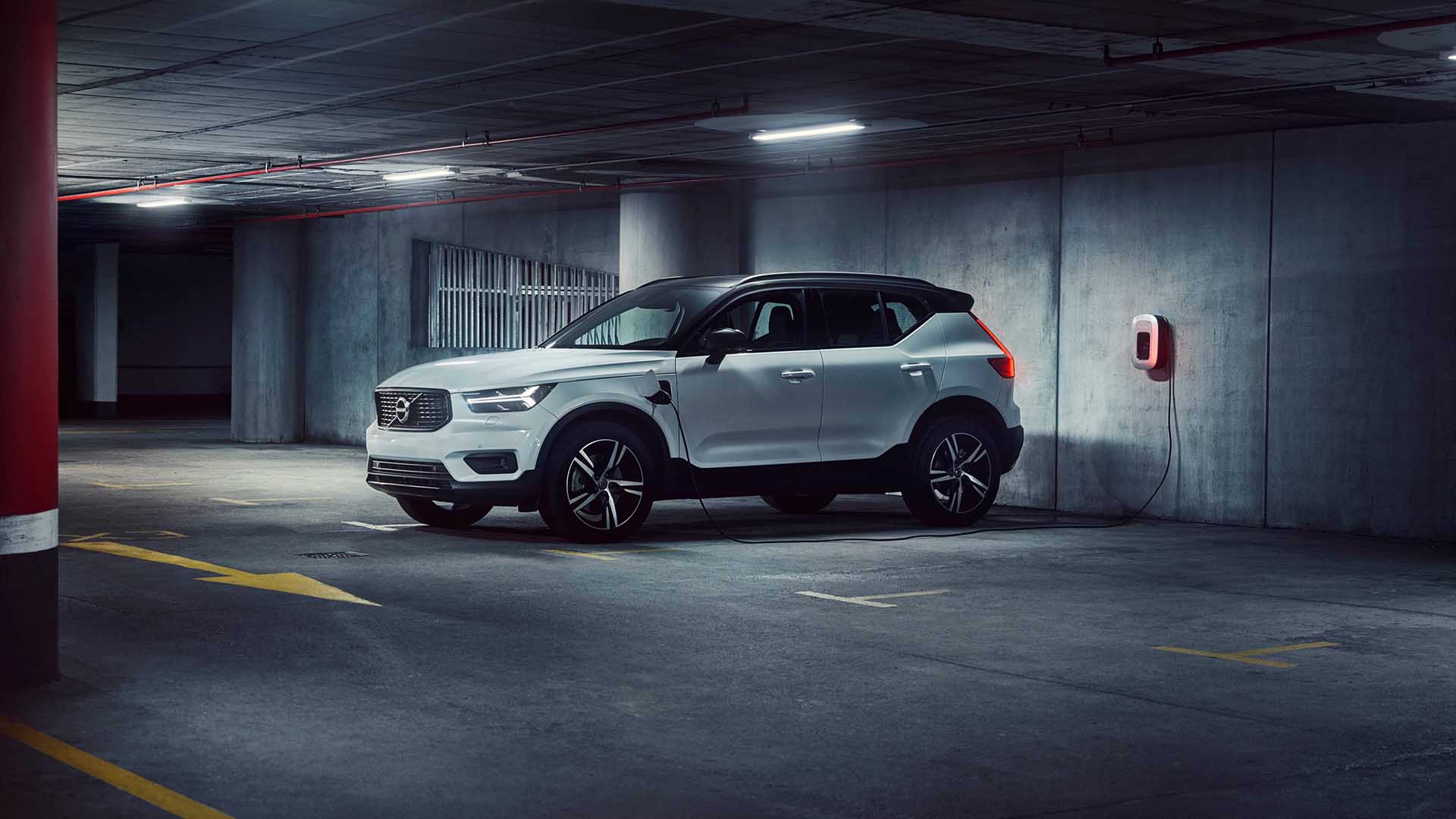
Volvo XC40
© VolvoThe Volvo XC40 is arguably the best premium compact SUV you can buy, which makes it one of the most relevant cars in the world. Highlights include the chiseled styling, sophisticated interior and excellent safety credentials.
It’s now available as a pure electric SUV, offering up to 260 miles of electric range. It’ll soon be joined by the Volvo C40 Recharge electric coupe-SUV, which will offer the same range as its boxier sibling.
-
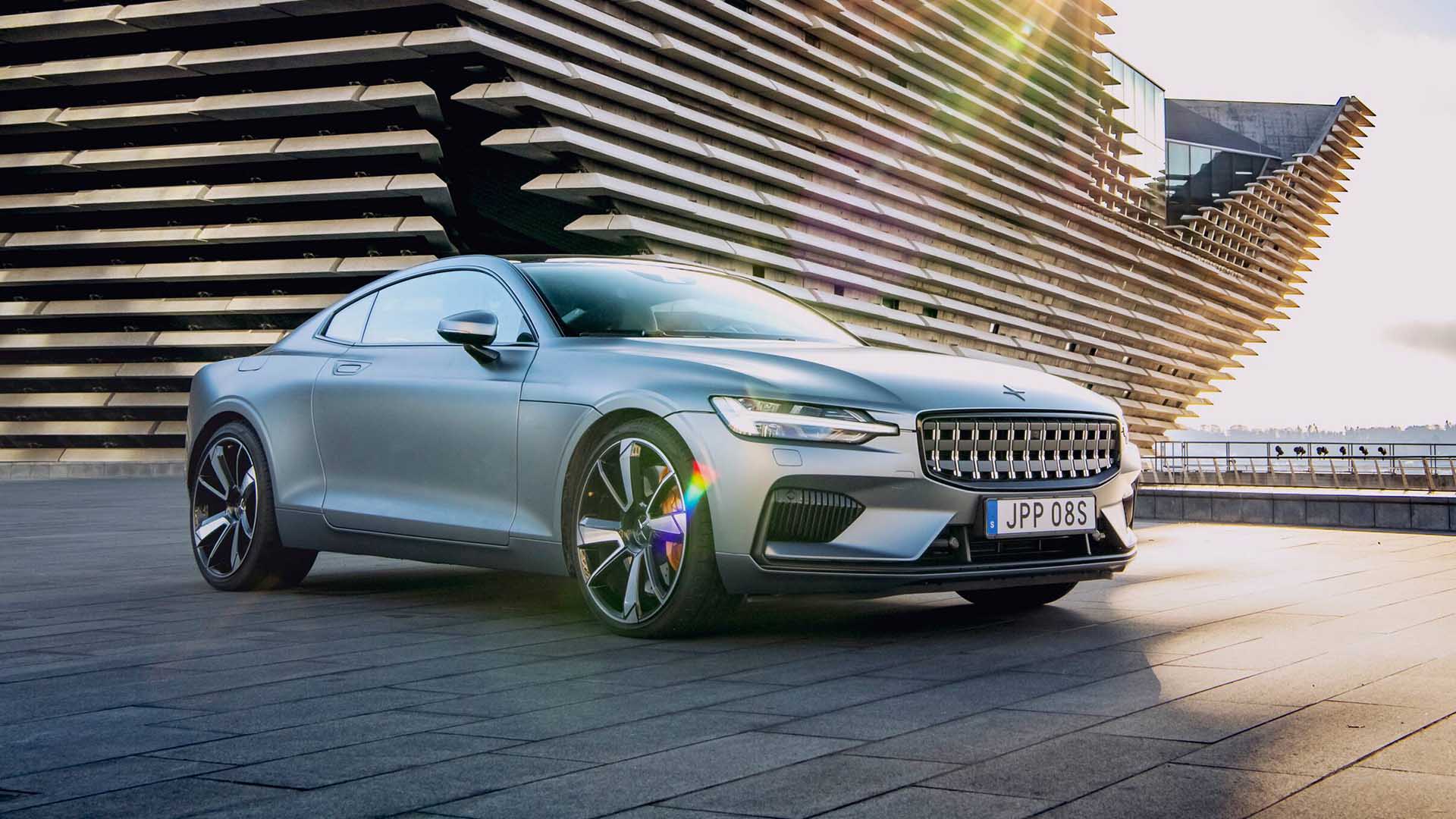
Polestar 1
© PolestarPolestar started as Volvo’s go-faster sub-brand but has evolved into a standalone marque. It’s Sweden’s answer to Tesla, with Polestar promising to deliver a range of sophisticated, tech-laden and stylish electrified cars.
It kicked things off with the Polestar 1, a kind of P1800 for the new millennium. Unlike the all-electric Polestar 2, the 1 combines a supercharged and turbocharged 2.0-litre engine with a starter-generator and two 85kW electric motors. The net result is 609hp and 738lb ft of torque.
-
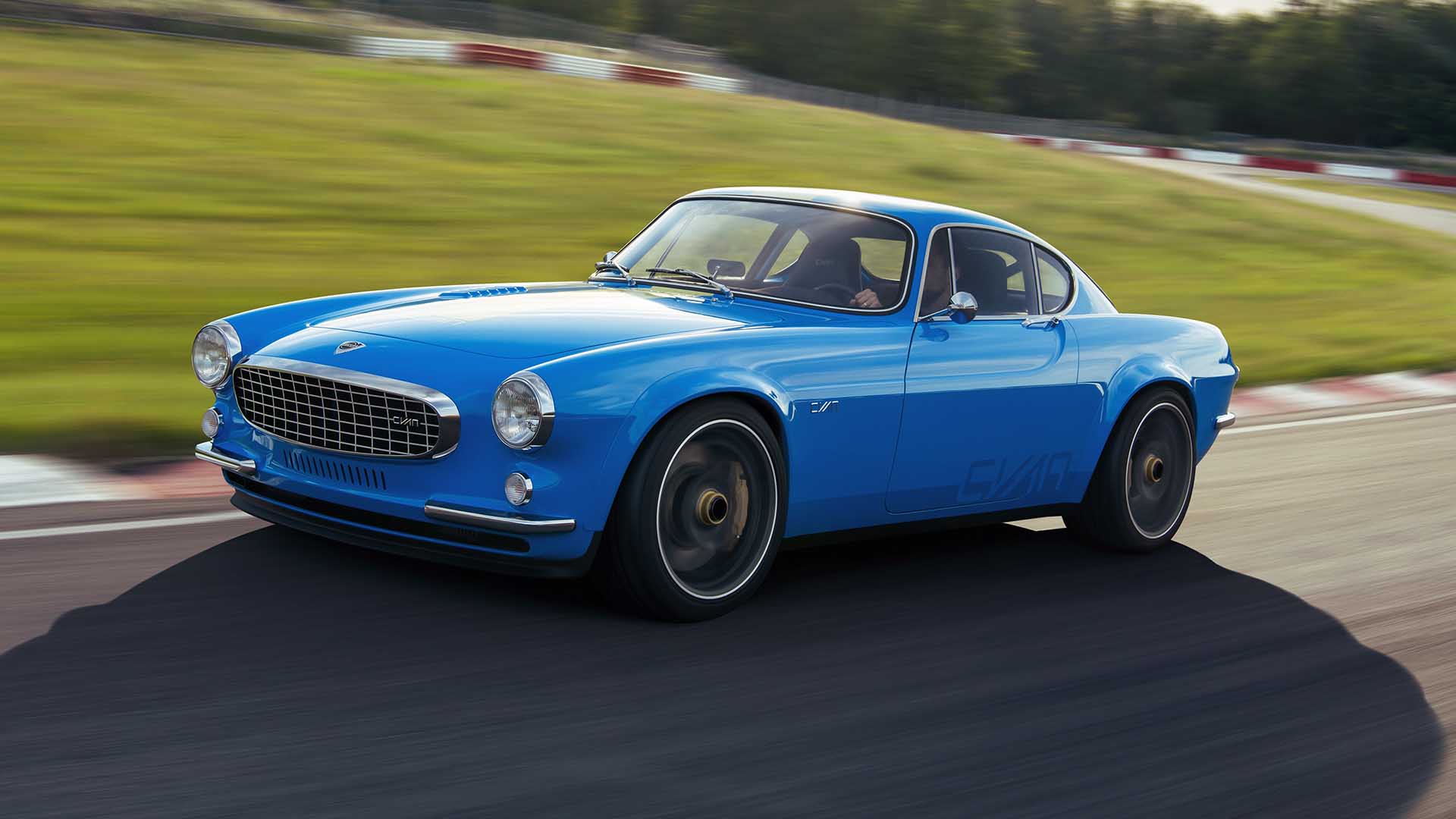
Volvo P1800 Cyan
© VolvoThe wild Volvo P1800 Cyan is a restomod based on the retro P1800 and built by Volvo’s former racing partner, Cyan Racing. Almost everything about it is new, including a 2.0-litre turbocharged engine from the Volvo S60 T1 touring car. The price? A cool £375,000.